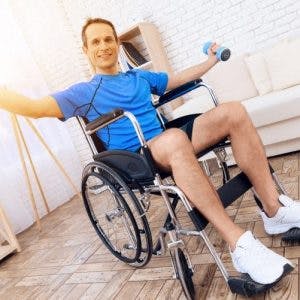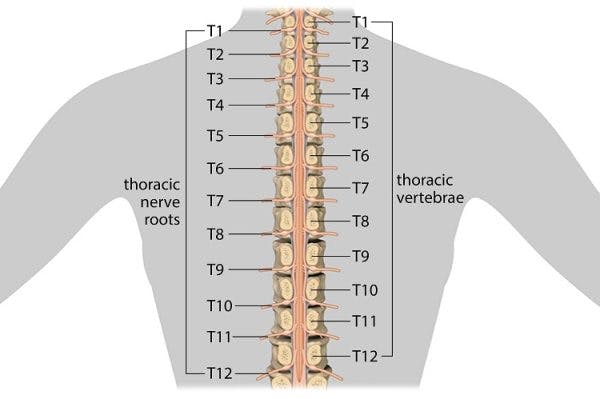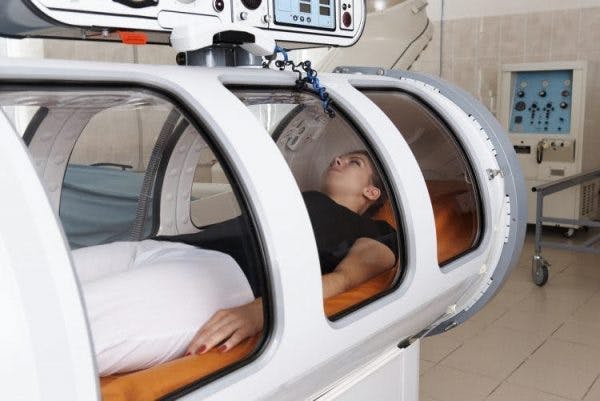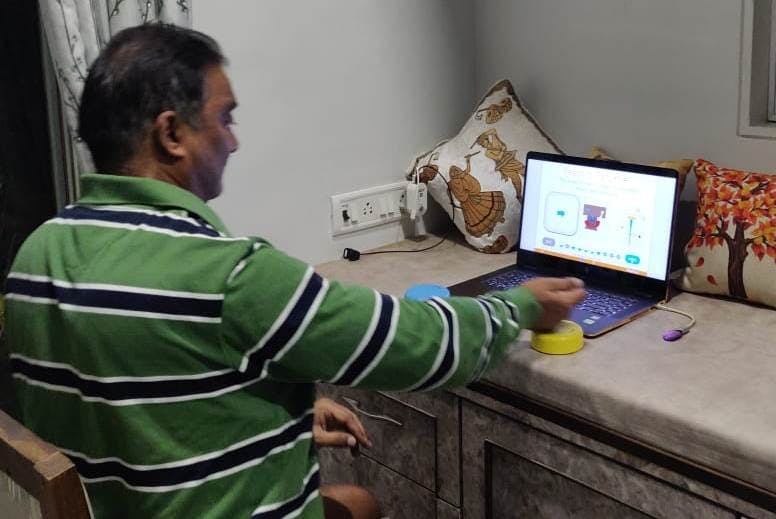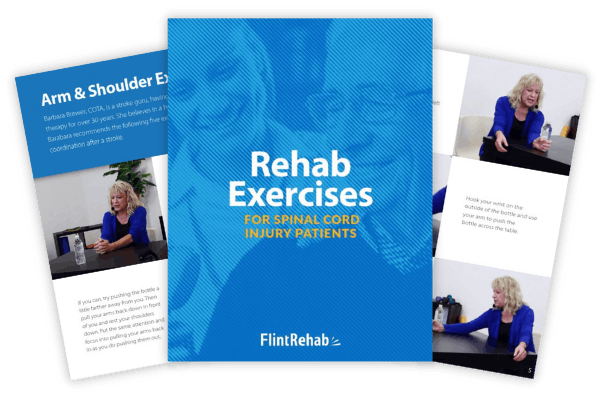Can cold therapy (hypothermia therapy) maximize your recovery after spinal cord injury?
In theory, lower temperatures can promote healing and recovery by reducing inflammation, swelling, and pain.
Generally, cold therapy for spinal cord injury involves local cooling through an injection or by applying a chilled saline solution to areas surrounding the spinal cord. This is usually performed right after decompression surgery.
This article will explain how cold therapy works and discuss whether it is an effective treatment for people with spinal cord injuries.
How Does Cold Therapy for Spinal Cord Injury Work?
The primary goal of cold therapy for spinal cord injury is to minimize secondary damage.
Two types of damage occur after a spinal cord injury: primary and secondary.
Primary damage is the direct result of the traumatic event. Secondary damage develops as a result of the body’s inflammatory response after injury.
Without immediate medical attention to stabilize the spinal cord, secondary damage can progress and cause significant functional damage.
Cold therapy helps minimize secondary damage by:
- Slowing down the metabolism. Cold helps slow down body processes, which preserves oxygen and energy supplies.
- Decreasing the production of free radicals. Free radicals are highly reactive molecules that cause cell damage through a process called oxidative stress.
- Reducing excitotoxicity. Another secondary effect of SCI is the excessive release of neurotransmitters, which can overstimulate neurons and cause damage through a process called excitotoxicity.
- Altering the permeability of the blood spinal cord barrier. Spinal cord injuries can disrupt the blood spinal cord barrier, allowing harmful chemicals to enter the spinal cord. Cold therapy helps preserve the blood spinal cord barrier to reduce inflammation and swelling.
Now that you understand how cold therapy works, let’s go over some cases.
Spinal Cord Injury Recovery with Cold Therapy

Currently, research on the application of cold therapy for spinal cord injury in humans is mostly experimental.
However, it has proved to be an effective neuroprotective intervention for many patients after SCI.
For example, this study performed cold therapy on 113 patients and reported:
- Decreased bleeding and swelling
- Reduced muscle spasticity
- Improved motor function of affected limbs
- Reduced pain
Another success story is former NFL player Kevin Everett’s experience with cold therapy after SCI.
He suffered a C4 spinal cord injury and was paralyzed from the neck down.
After being treated with a combination of cold therapy, a steroid called methylprednisolone, and decompression surgery, Everett was eventually able to walk again.
Even though cold therapy was not the only reason Everett was able to recover, his head surgeon, Andrew Cappuccino stated, “I will hang a good portion of my belief in this recovery on cold therapy.”
Cautions of Cold Therapy for Spinal Cord Injury
It’s important to understand that there is currently no standardized protocol for cold therapy on spinal cord injury patients and further research is required.
In the following sections, we’ll discuss some factors that still need to be determined.
Ideal Temperature for Cold Therapy
One of the most important factors to consider when implementing cold therapy for SCI is what temperature will safely yield effective results.
Cold therapy can be divided into 3 levels:
- Profound hypothermia (less than 30°C/ 86°F)
- Moderate hypothermia (30-32°C/ 86-89.6°F)
- Modest hypothermia (32-34°C/ 89.6-93.2°F)
To put it into perspective, the average normal body temperature is 37°C/ 98.6°F.
Cooling the spinal cord too much can cause negative side effects such as respiratory infections, irregular heartbeats, blood clotting, pneumonia, and organ failure.
To avoid the adverse effects of hypothermia, cold therapy is typically performed within the modest range.
Timing of Cold Therapy
How soon should cold therapy be performed after SCI?
Most animal studies will use cold therapy within 1-2 hours post-injury and maintain it for at least 3 hours for protective benefits.
However, human studies often extend this time window, primarily because of the time it takes to transfer patients and decompress the spinal cord.
Another factor to consider is how quickly rewarming should occur.
It’s suggested that slow rewarming is ideal for greater neuroprotection as quick rewarming may reverse the results and worsen overall outcomes.
Understanding Cold Therapy for Spinal Cord Injury Stabilization

Cold therapy is a promising neuroprotective treatment for acute spinal cord injury. However, it is not the only reason why recovery occurs.
The best outcomes are usually seen when cold therapy is combined with other treatments like decompression surgery and medications.
There has yet to be any sort of standardization for cold therapy after spinal cord injury, so it is still very much an experimental treatment.
Hopefully, this article helped you better understand how cold therapy can affect recovery after spinal cord injury.






